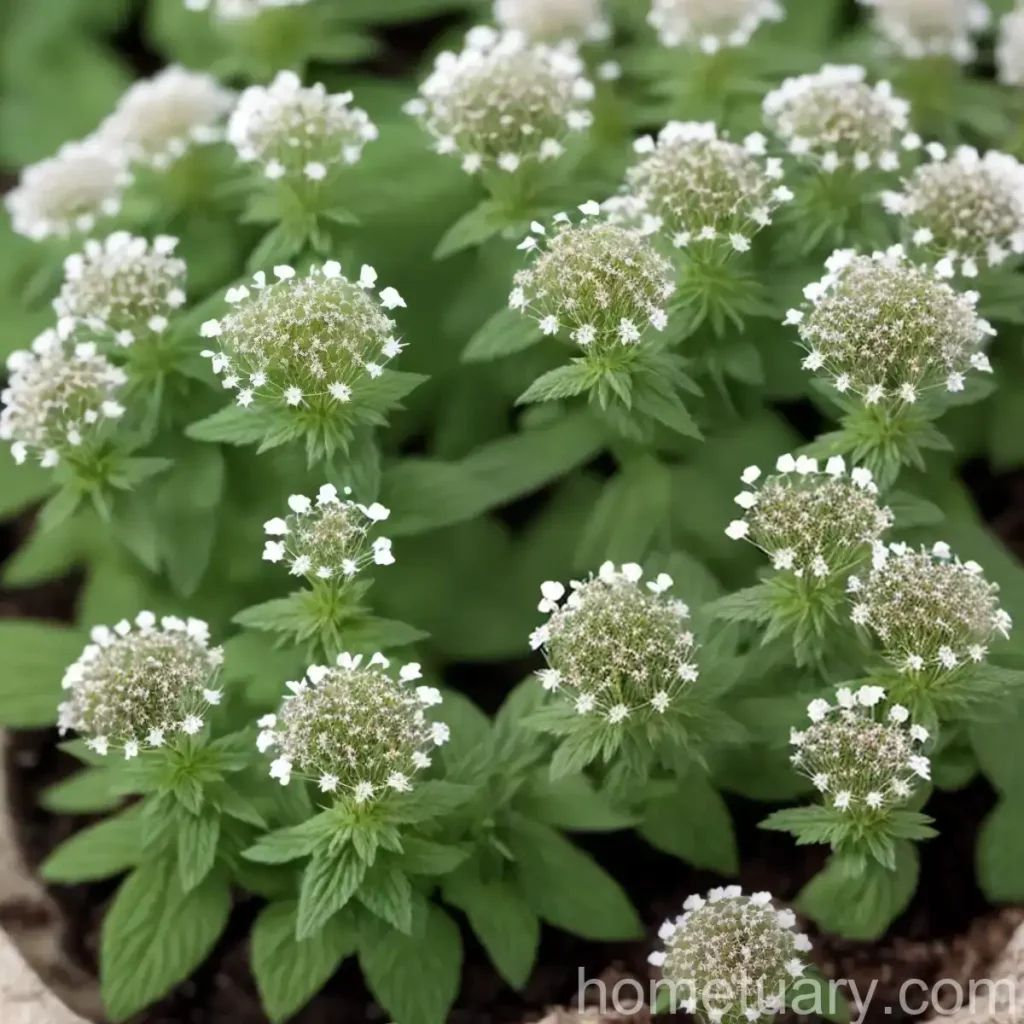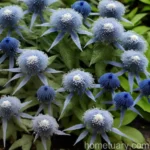Limestone Calamint (Clinopodium arkansanum): A Comprehensive Guide
Limestone calamint, also known as Clinopodium arkansanum, is a fascinating herbaceous plant that belongs to the mint family Lamiaceae. This native North American plant has captured the attention of botanists, horticulturists, and herbal enthusiasts due to its unique characteristics, cultural significance, and potential uses. In this comprehensive guide, we will explore the various aspects of the limestone calamint plant, including its culture, uses, habitat, and conservation. We will also delve into the plant’s ecological importance, gardening tips, and medicinal properties. Without further ado, let’s embark on an enlightening journey to unravel the mysteries and marvels of limestone calamint.
What is Limestone Calamint (Clinopodium arkansanum)?
Limestone calamint, scientifically known as Clinopodium arkansanum, is a perennial herbaceous plant that is indigenous to certain regions of North America. This plant species is renowned for its aromatic foliage, delicate flowers, and adaptability to limestone-rich habitats, hence its common name “limestone calamint.”
Key Takeaways – Limestone Calamint (Clinopodium arkansanum)
- Scientific Name: Clinopodium arkansanum
- Common Names: Limestone calamint, Arkansas limestone calamint, wild basil plant, limestone mint
- Family: Lamiaceae (mint family)
- Habitat: Limestone-rich areas, open woodlands, prairies
- Uses: Culinary herb, ornamental plant, potential medicinal applications
- Conservation Status: Considered endangered in certain regions
- Characteristics: Aromatic leaves, small white to pale lavender flowers, perennial growth habit
Now that we have a brief overview of limestone calamint, let’s delve deeper into its cultural significance, uses, and requirements for optimal growth.
Culture
Water
Limestone calamint is well-suited to moderately moist conditions, preferring well-drained soils that retain some level of moisture. When cultivating limestone calamint, it is essential to ensure that the soil does not become waterlogged, as excessive moisture can lead to root rot and other detrimental effects on the plant’s health.
Sunlight
In its natural habitat, limestone calamint thrives in partial shade to full sun conditions. When grown in gardens or landscapes, it is advisable to provide the plant with adequate sunlight, especially in regions with cooler climates. However, in hotter climates, providing some afternoon shade can prevent the plant from experiencing stress due to excessive heat.
Fertilizer
Limestone calamint is not considered a heavy feeder and can thrive in relatively nutrient-poor soils. However, incorporating organic matter into the soil during planting can provide beneficial nutrients and enhance the overall soil structure. Additionally, a balanced, slow-release fertilizer can be applied during the growing season to support the plant’s vigor and flowering.
Soil
The ideal soil for limestone calamint is well-drained and slightly alkaline, mimicking the limestone-rich conditions of its native habitat. Sandy loam or loamy soils with good drainage properties are suitable for cultivating this plant. It is important to avoid highly acidic soils, as they may hinder the plant’s growth and overall health.
Pruning
Pruning limestone calamint can be done to maintain its shape, promote bushier growth, and remove dead or diseased foliage. It is best to prune the plant in early spring before new growth emerges. The removal of spent flowers can also encourage the plant to continue blooming throughout the growing season.
Propagation
Limestone calamint can be propagated through seed sowing, division, or stem cuttings. When collecting seeds, it is important to ensure that they are from a reliable source to maintain the genetic integrity of the plant. Division of mature clumps can be carried out in early spring, and stem cuttings can be taken from healthy, non-flowering shoots to propagate new plants.
Container Popularity
Due to its manageable size and adaptability to container gardening, limestone calamint is a popular choice for growing in pots and containers. This allows gardeners with limited space to enjoy the plant’s ornamental and aromatic qualities while providing the flexibility to move the plant to more favorable growing conditions, if needed.
Common Diseases
Limestone calamint is generally resistant to many common plant diseases. However, it may be susceptible to root rot if grown in poorly drained soils or exposed to prolonged periods of waterlogging. Additionally, maintaining good air circulation around the plant and avoiding overhead watering can help prevent issues such as powdery mildew and leaf spot.
Disease Diagnosis
When diagnosing potential diseases in limestone calamint, closely inspect the plant for signs of wilting, yellowing foliage, or unusual browning of leaves. The presence of mold-like growth on the leaves or stems may indicate the presence of fungal diseases. Prompt action, such as adjusting watering practices or applying appropriate fungicidal treatments, can help mitigate the impact of diseases on the plant.
Common Pests
Limestone calamint is relatively resistant to pest infestations, owing in part to its aromatic foliage, which can act as a natural deterrent to certain insects. However, common garden pests such as aphids, spider mites, and whiteflies may occasionally feed on the plant. Regular monitoring and the use of insecticidal soaps or natural predators can help manage pest populations without resorting to chemical interventions.
Botanist’s Tips
As a botanist, it is essential to appreciate the ecological significance of limestone calamint in its native habitat and advocate for its conservation. This plant, like many native species, plays a vital role in supporting local biodiversity and contributing to the overall health of ecosystems. By understanding its cultural uses, ecological interactions, and habitat requirements, botanists can contribute to the preservation of this remarkable plant species.
Fun Facts
- Limestone calamint is an important nectar source for pollinators, including bees and butterflies, contributing to the ecological dynamics of its native ecosystem.
- The aromatic leaves of limestone calamint have historically been used for culinary purposes, adding a minty flavor to teas, sauces, and desserts.
- In traditional folklore and herbalism, limestone calamint was often associated with themes of purification, protection, and spiritual well-being, reflecting its cultural significance in various communities.
Links to External Resources
For additional information on limestone calamint (Clinopodium arkansanum), including its botanical characteristics, conservation status, and ecological roles, you may find the following resources helpful:
- United States Department of Agriculture (USDA) – Plants Database
- Lady Bird Johnson Wildflower Center – Native Plant Database
- The Nature Conservancy – Arkansas Limestone Calamint
- Missouri Botanical Garden – Plant Finder
As a plant scientist, it is important to stay informed about reliable sources of botanical information and conservation efforts related to native plant species such as limestone calamint. These resources can provide valuable insights into the plant’s distribution, habitat requirements, and strategies for promoting its conservation in natural and cultivated settings.
In conclusion, limestone calamint (Clinopodium arkansanum) is a remarkable plant species with a rich botanical heritage, ecological significance, and potential uses in horticulture and traditional medicine. By understanding its cultural context, habitat preferences, and conservation needs, plant scientists can contribute to the preservation of this valuable native plant and its role in sustaining biodiversity and ecosystem health.
We hope that this guide has provided a comprehensive overview of limestone calamint and that it serves as a valuable resource for botanists, horticulturists, and nature enthusiasts seeking to deepen their understanding of this unique plant species. As we continue to explore the wonders of the natural world, let us recognize and celebrate the diversity of native plants and their intrinsic value to our planet’s ecosystems.















